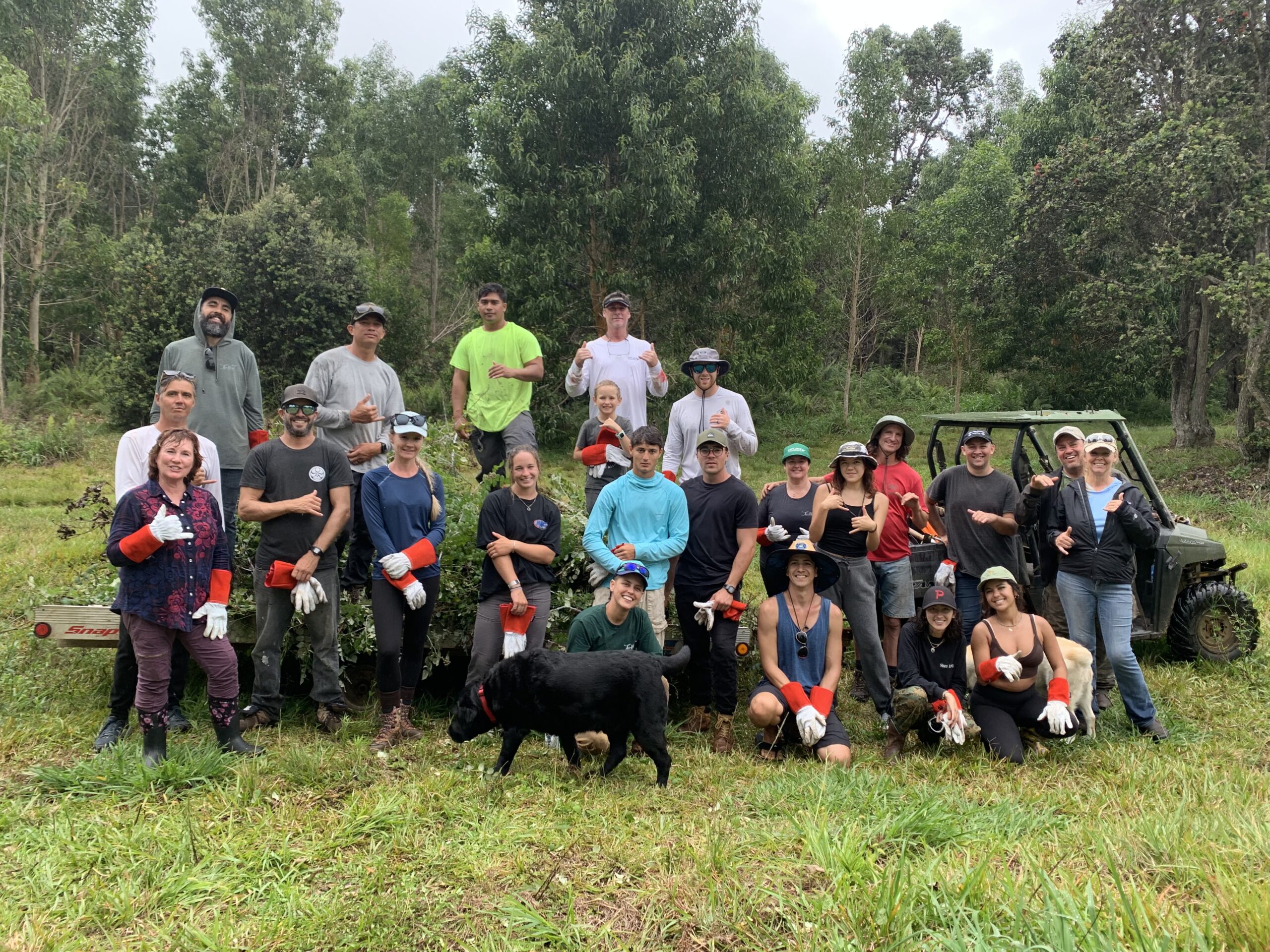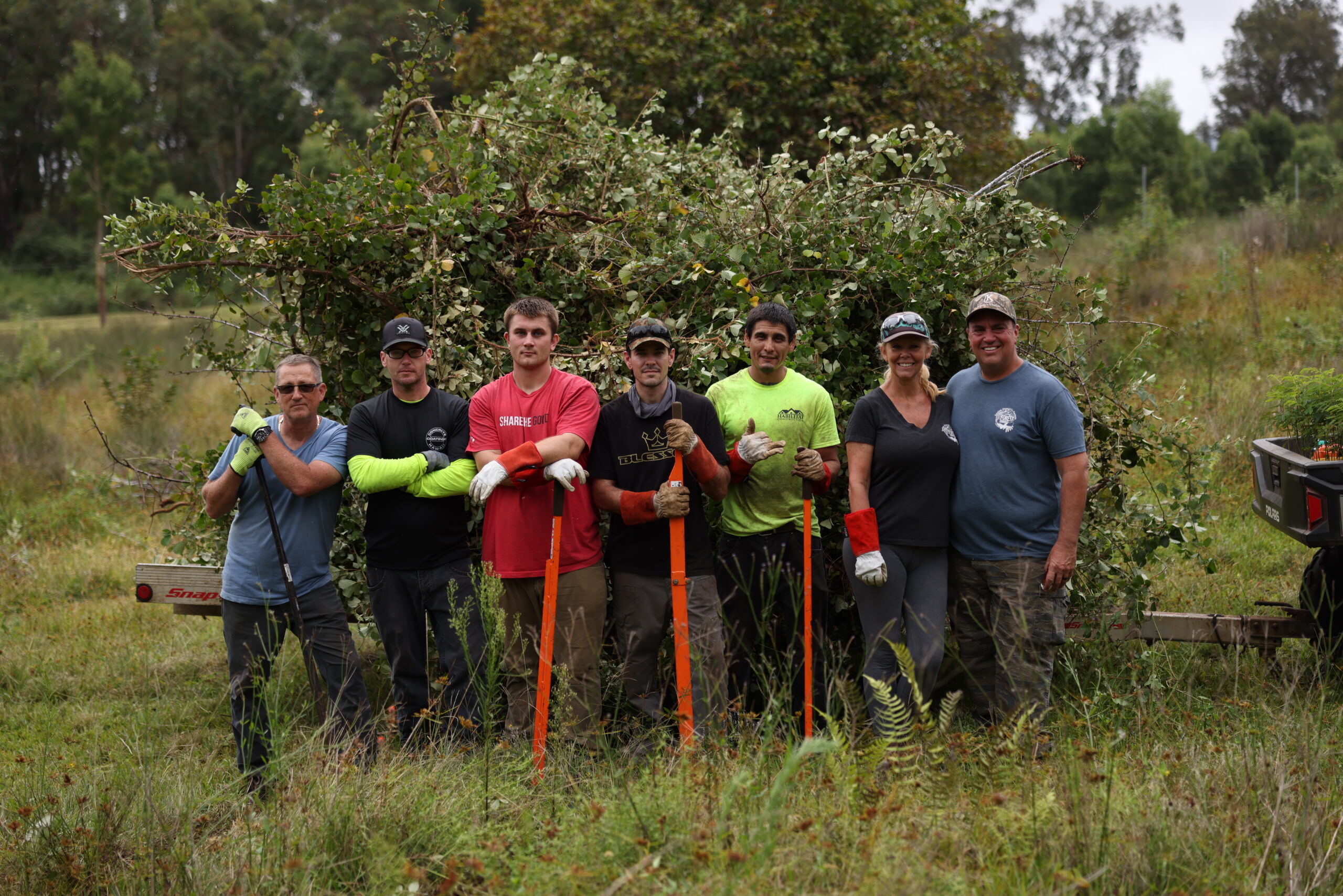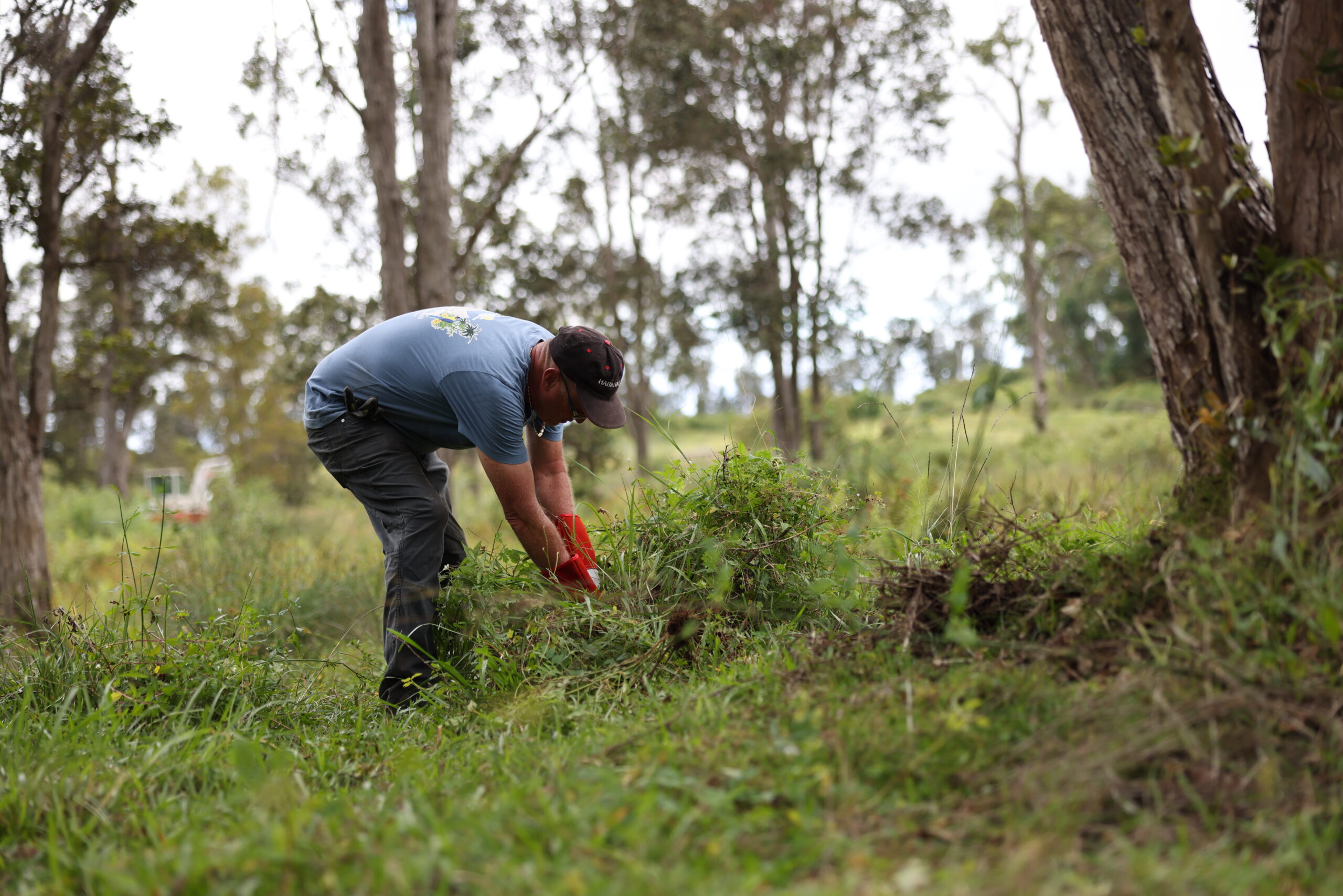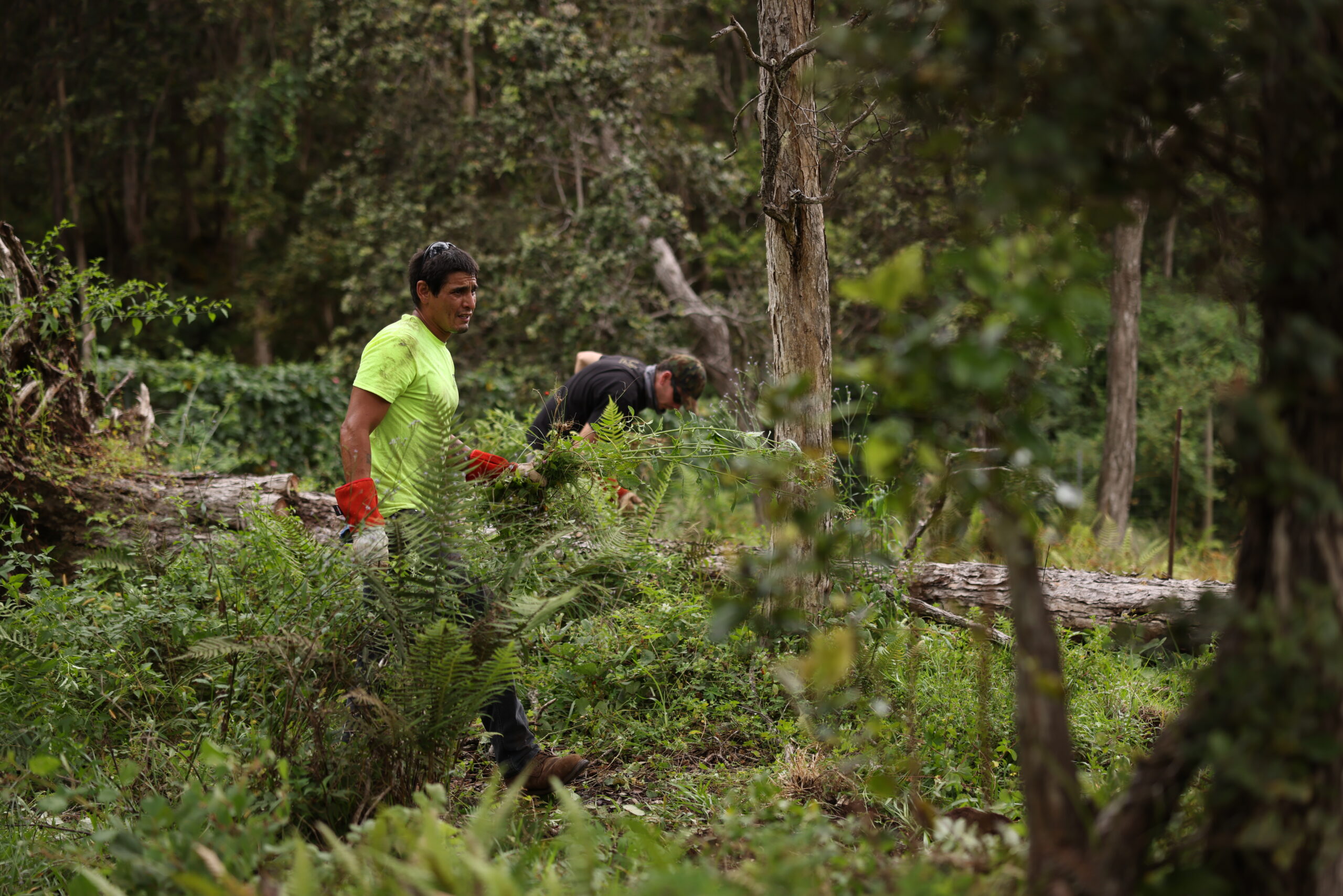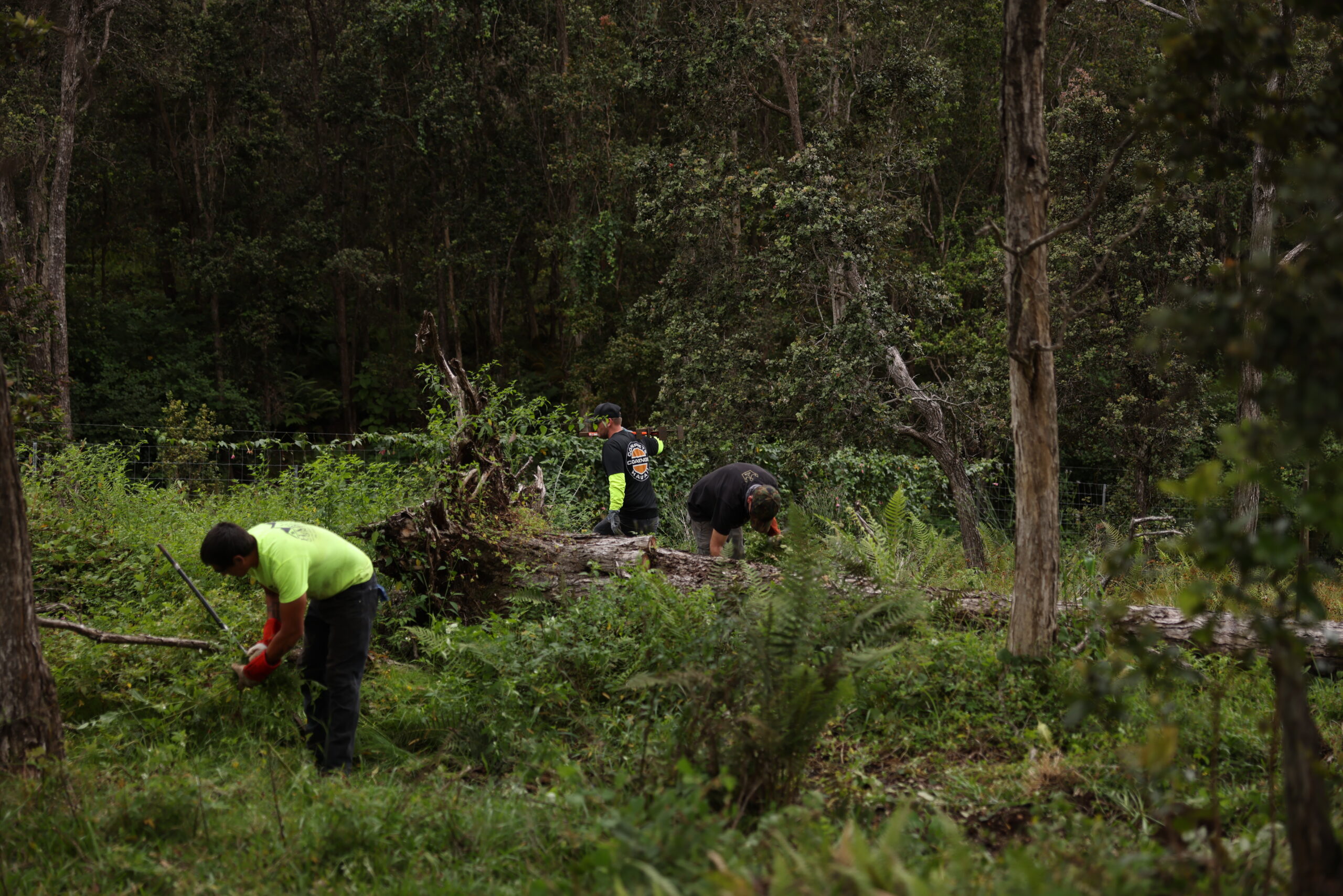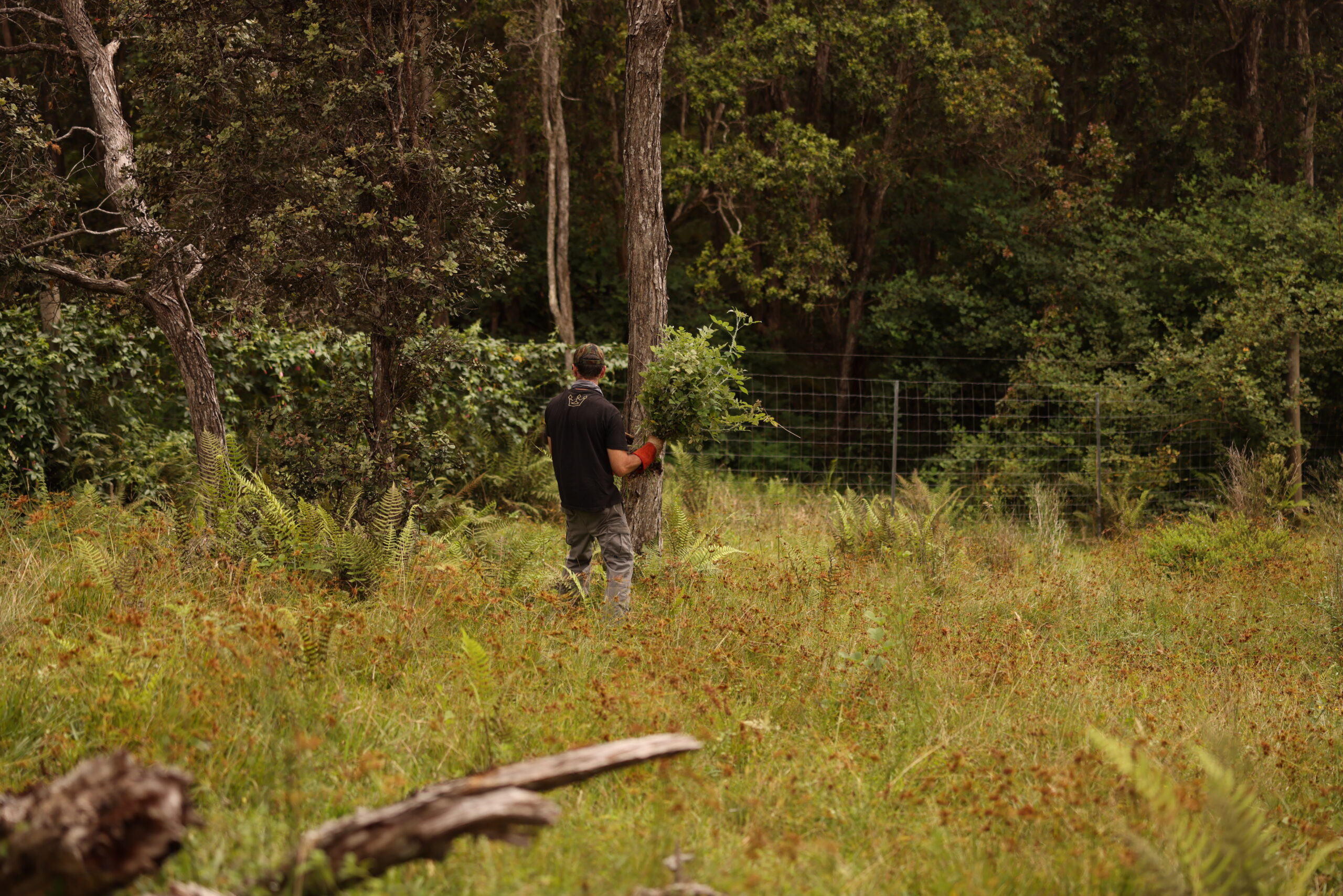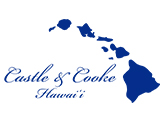Rooted in Aloha
Saving Hawaiiʻs Forests
Our mission is to recreate and protect Hawaiiʻs endemic forests
Years ago, the pristine native forests of Hawaiʻi fell victim to clearing for ranching purposes, paving the way for invasive flora and fauna to establish dominance, and pushing native species perilously close to extinction. It is a startling fact that, despite Hawaiʻi's landmass accounting for less than 1% of the United States, it shoulders the burden of sheltering 44% of the nation's endangered and threatened species, as reported by DLNR (Department of Land and Natural Resources). Our mission is to breathe life back into these devastated landscapes by planting 196,000 endemic plant species on the slopes of Mauna Loa on Hawaiʻi Island, rekindling the lost forests and allowing them to flourish once more. Our efforts are powered by compassionate individuals dedicated to making a positive impact on our precious natural ecosystems.
Letʻs Make This World a Greener Place
44k
Trees Planted
We have helped plant 44,812 native trees to restore the forests that were destroyed.
Learn More
Workforce Development
We collaborate closely with a nationally renowned rehabilitation program nestled in the heart of Kaneohe, HI. We extend our wings to transport, shelter, and impart the wisdom needed for the noble pursuit of reforestation. Beyond the tangible ecological benefits, this partnership extends its nurturing embrace to the program residents, offering profound mental, physical, and spiritual rewards. As they emerge from this transformative experience, they find solace in newfound clarity, a profound sense of purpose, and a well-defined path toward a brighter future. It's crucial to note that this life-changing endeavor is made possible entirely through the unwavering support of Saving Hawaii's Forests. Your involvement and contribution can amplify these compassionate efforts and extend our reach even further.
Invasive Removal
Removing invasive species from the land is the most difficult portion of reforestation and we impart the importance of perserverance through invasaive removal.Planting Native Trees
Planting a tree is such a joyous experience and some of these individuals view this experience as a new start for themselves. As they plant this seedling, they are planting new beginnings.Infrastructure Repairs
We understand that forestry isnʻt the ultimate goal for everyone. Which is why part of the adventure includes maintenance and repairs on infrastructure.Teamwork
Working together, understanding how to communicate effectively, and following directions are vital components of any workplace. Here it is no different!Sowing Hope
SHF x Habilitat
Mahalo to our Corporate Partners
As beacons of sustainability and corporate responsibility
Don't think. Just click.
The future is in your hands – make your mark with a donation today.Donate Today
Weʻre in this for the long haul
Effect Change With a Monthly Subscription
Reforestation is more than just planting trees. It takes a large team of staff to prepare the land, propagate the seedlings, plant the trees, and protect the newly planted forests. With your monthly subscription you will be ensuring the survival of the trees long after they are planted.
